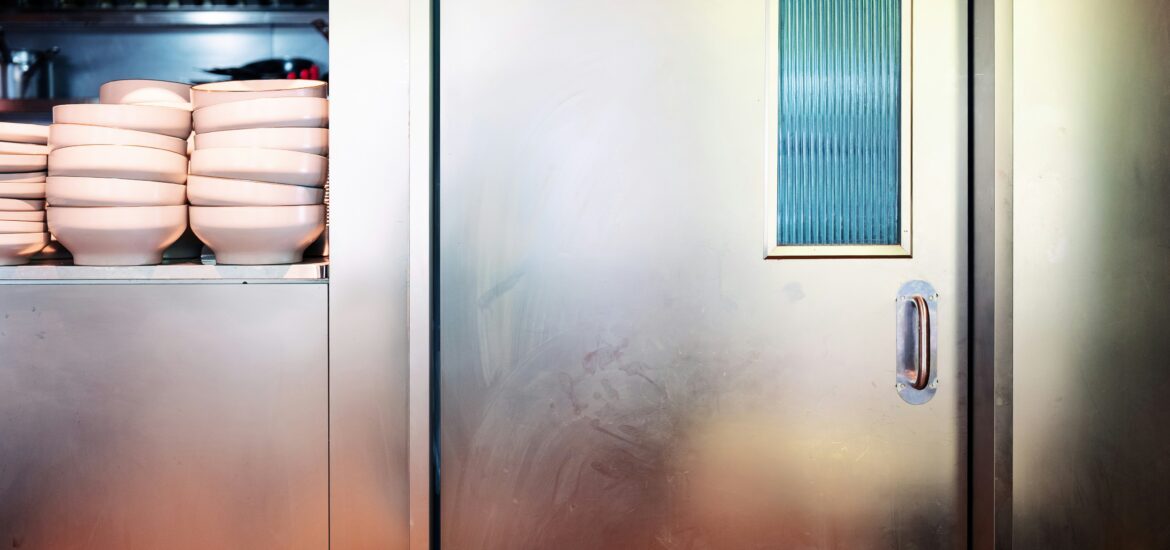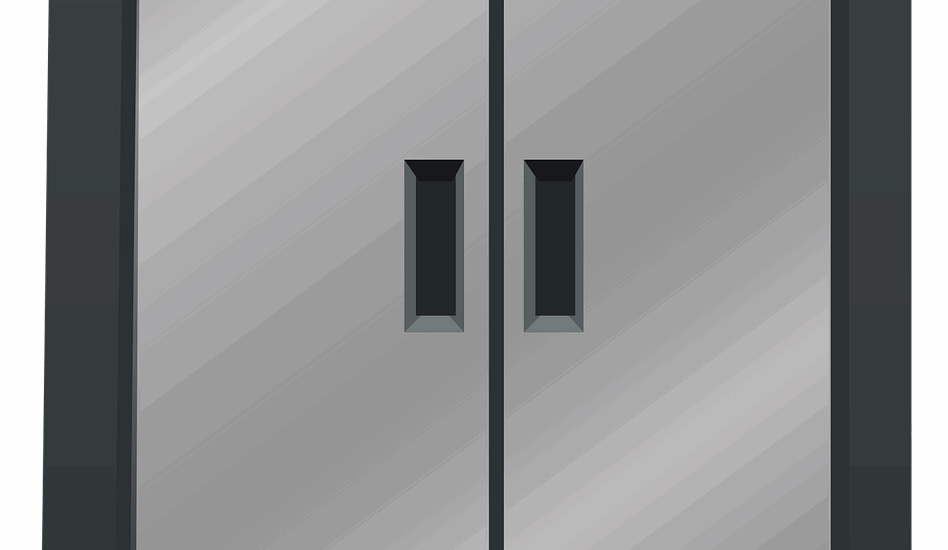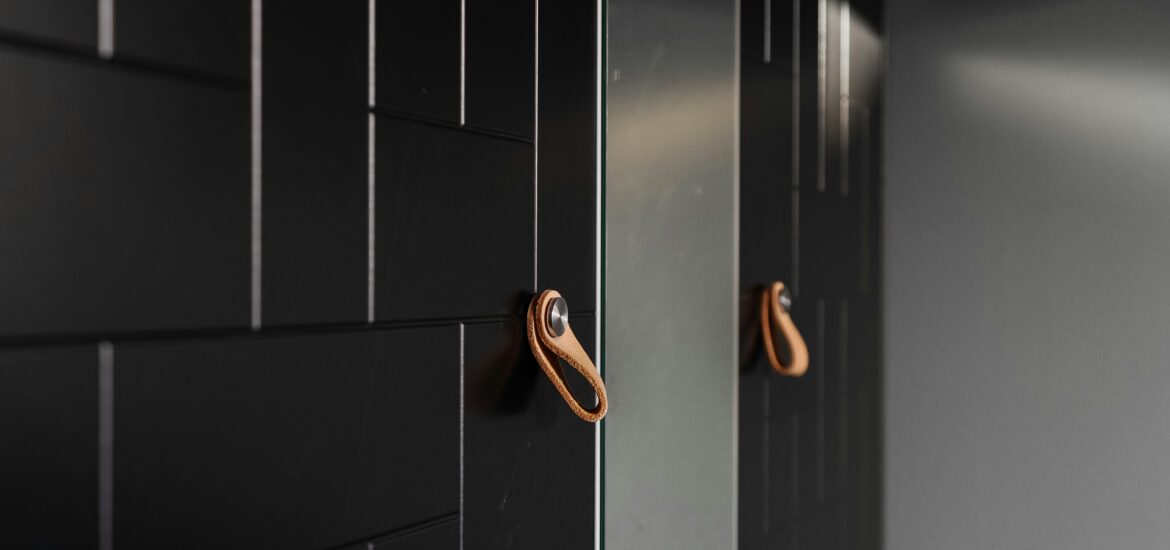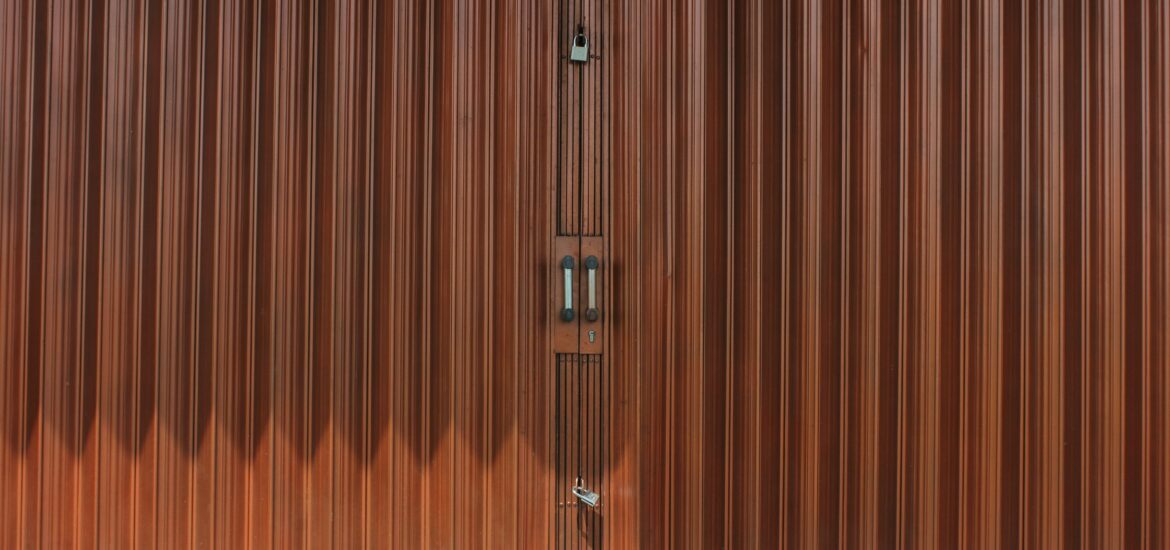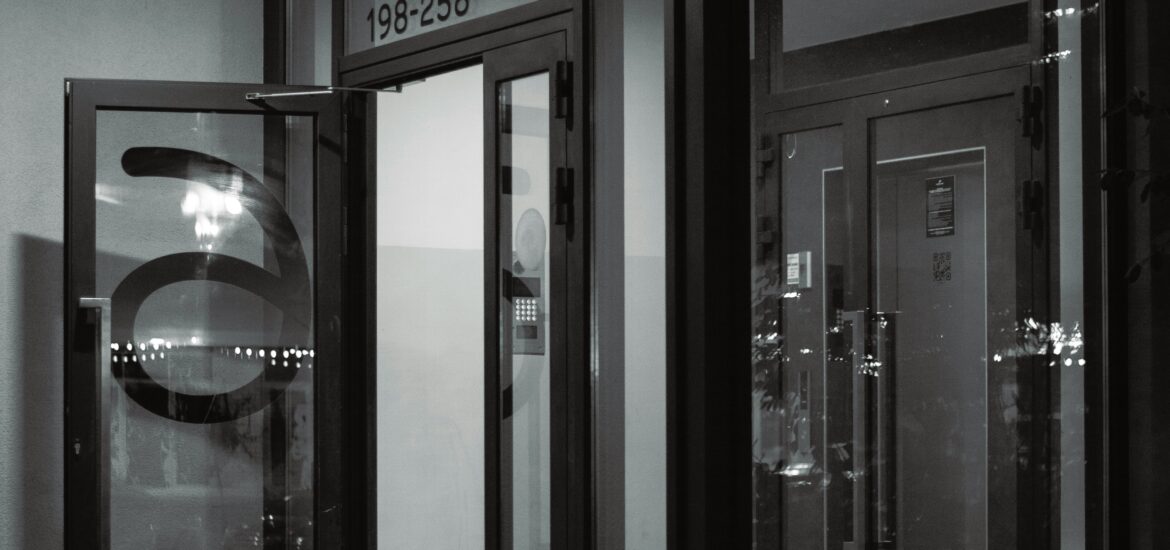When it comes to protecting your property, steel doors offer unmatched durability, safety, and elegance. Whether you own a home, office, or commercial building in Barnet, investing in high-quality steel doors is one of the smartest decisions you can make. Known for their strength, longevity, and low maintenance, steel doors provide superior protection against intruders, weather elements, and even fire.
At ALLSECURE DOORS Ltd (allsecuredoors.co.uk), we take pride in delivering premium-quality steel doors in Barnet that combine exceptional craftsmanship with stylish design. Our steel doors are built to last, ensuring that your property remains secure while enhancing its aesthetic appeal.
In this blog, we’ll explore the benefits of steel doors, why they’re ideal for modern properties in Barnet, and how ALLSECURE DOORS Ltdleads the way in providing top-notch door solutions for homes and businesses.
Why Choose Steel Doors for Your Property in Barnet?
Barnet is home to a mix of charming residential areas and thriving commercial zones. Security and style are essential considerations for property owners, and that’s where steel doors come in.
Key reasons to choose steel doors include:
- Unbeatable Strength: Steel is one of the most robust materials available, making it highly resistant to impact, forced entry, and wear.
- Long Lifespan: Unlike wooden or uPVC doors that can warp, rot, or fade over time, steel doors remain sturdy and reliable for decades.
- Enhanced Fire Resistance: Steel doors can provide vital fire protection, helping to prevent the spread of flames and smoke.
- Low Maintenance: They require minimal upkeep, no regular painting or polishing needed, just simple cleaning to keep them looking great.
- Energy Efficiency: Modern steel doors are insulated to help retain heat indoors, reducing energy bills and keeping your property comfortable.
The ALLSECURE DOORS LTD Advantage
ALLSECURE DOORS LTD is one of the leading names in premium security door solutions across the UK. With years of experience, our company has earned the trust of homeowners, landlords, and businesses in Barnet for delivering exceptional quality, design, and service.
Here’s what makes us different:
- High-Grade Materials: We use industrial-strength galvanized steel for every door, ensuring superior protection and long-lasting durability.
- Tailor-Made Solutions: Every property is unique, and so are our doors. We provide bespoke steel doors designed to fit your exact dimensions and style preferences.
- Modern Design Options: Choose from sleek, contemporary designs to traditional finishes that complement any property aesthetic.
- Certified Security: Our steel doors meet the highest UK safety standards and can include features like multi-point locking systems, anti-drill plates, and reinforced hinges.
- Professional Installation: Our expert team ensures every door is perfectly fitted for maximum performance and security.
Residential Steel Doors: Secure Your Home in Style
For homeowners in Barnet, steel doors provide a perfect balance of security and sophistication.
Benefits for homes include:
- Protection from break-ins and vandalism.
- Excellent insulation for improved energy efficiency.
- Noise reduction for peaceful living.
- Wide choice of styles from minimalist modern to traditional paneled designs.
Our residential steel doors can be customized with:
- Decorative finishes like wood grain or matte powder coating.
- Glazing options for added style and natural light.
- Smart lock systems for keyless entry convenience.
Whether you live in a period property in High Barnet or a modern apartment near Finchley, ALLSECURE DOORS Ltd offers a tailored solution that enhances both safety and visual appeal.
Commercial & Industrial Steel Doors for Barnet Businesses
For commercial establishments, warehouses, and offices, security and durability are non-negotiable. Steel doors from ALLSECURE DOORS LTD are engineered to meet the demands of high-traffic environments while maintaining professional aesthetics.
Applications include:
- Office buildings
- Warehouses and factories
- Schools and public buildings
- Retail shops and storage areas
Key advantages:
- High resistance to forced entry and tampering.
- Fire-rated and weather-resistant materials.
- Optional access control integration for improved security.
- Easy maintenance and long-term cost savings.
Our team understands the unique security needs of businesses in Barnet and provides reliable, high-performance steel door systems designed for maximum protection.
Design Meets Durability: Customisation Options
At ALLSECURE DOORS LTD, we believe that safety shouldn’t come at the expense of style. Our custom steel doors allow you to choose from a wide variety of finishes, textures, and configurations.
Popular design features include:
- Powder-coated finishes in multiple colours.
- Glass inserts for natural light.
- Custom handles, hinges, and lock systems.
- Optional side panels or double-door setups.
Each steel door is designed to complement your property’s architecture while maintaining robust protection. From sleek modern aesthetics to classic looks, you can find the perfect match for your home or business.
Energy Efficiency & Environmental Benefits
Modern steel doors from ALLSECURE DOORS LTD aren’t just about security, they also contribute to energy savings and sustainability.
How they help:
- Thermal insulation: Keeps heat inside during winter and outside during summer.
- Weatherproof seals: Prevent drafts and moisture.
- Eco-friendly materials: Our doors are made using recyclable steel and energy-efficient production processes.
For property owners in Barnet who value environmental responsibility and cost-effectiveness, steel doors are a smart long-term investment.
Professional Installation & Aftercare Services
A high-quality door needs expert installation to deliver its full potential. At ALLSECURE DOORS LTD, we provide end-to-end services, from design consultation to installation and aftercare.
Our team ensures:
- Accurate measurements for a perfect fit.
- Secure and efficient installation with minimal disruption.
- Ongoing support for maintenance or upgrades.
With our attention to detail and customer-first approach, you can rest assured your new steel door will perform flawlessly for years.
Why Barnet Property Owners Trust ALLSECURE DOORS
Our reputation across Barnet and surrounding areas is built on quality, reliability, and customer satisfaction. Clients choose us for:
- Local expertise and quick turnaround.
- Wide range of customizable designs.
- Competitive pricing with no compromise on quality.
- Friendly and professional service from start to finish.
From small homes to large commercial buildings, ALLSECURE DOORS Ltd has become the go-to provider for strong, stylish, and secure steel doors in Barnet.
Final Thoughts: Secure Your Property with ALLSECURE DOORS
Investing in a steel door is more than just a security upgrade; it’s a statement of strength, safety, and sophistication. With ALLSECURE DOORS LTD, you get the best of all worlds: premium materials, expert craftsmanship, and a design tailored to your space.
Whether you’re looking to protect your family home or fortify your business premises, our steel doors offer peace of mind and lasting value.
Enhance your property’s safety and style today.
Visit www.allsecuredoors.co.uk or contact the ALLSECURE DOORS LTD team to learn more about our steel door installations in Barnet and request a free consultation.
Because when it comes to security, only the best will do, and that’s exactly what ALLSECURE DOORS delivers.

